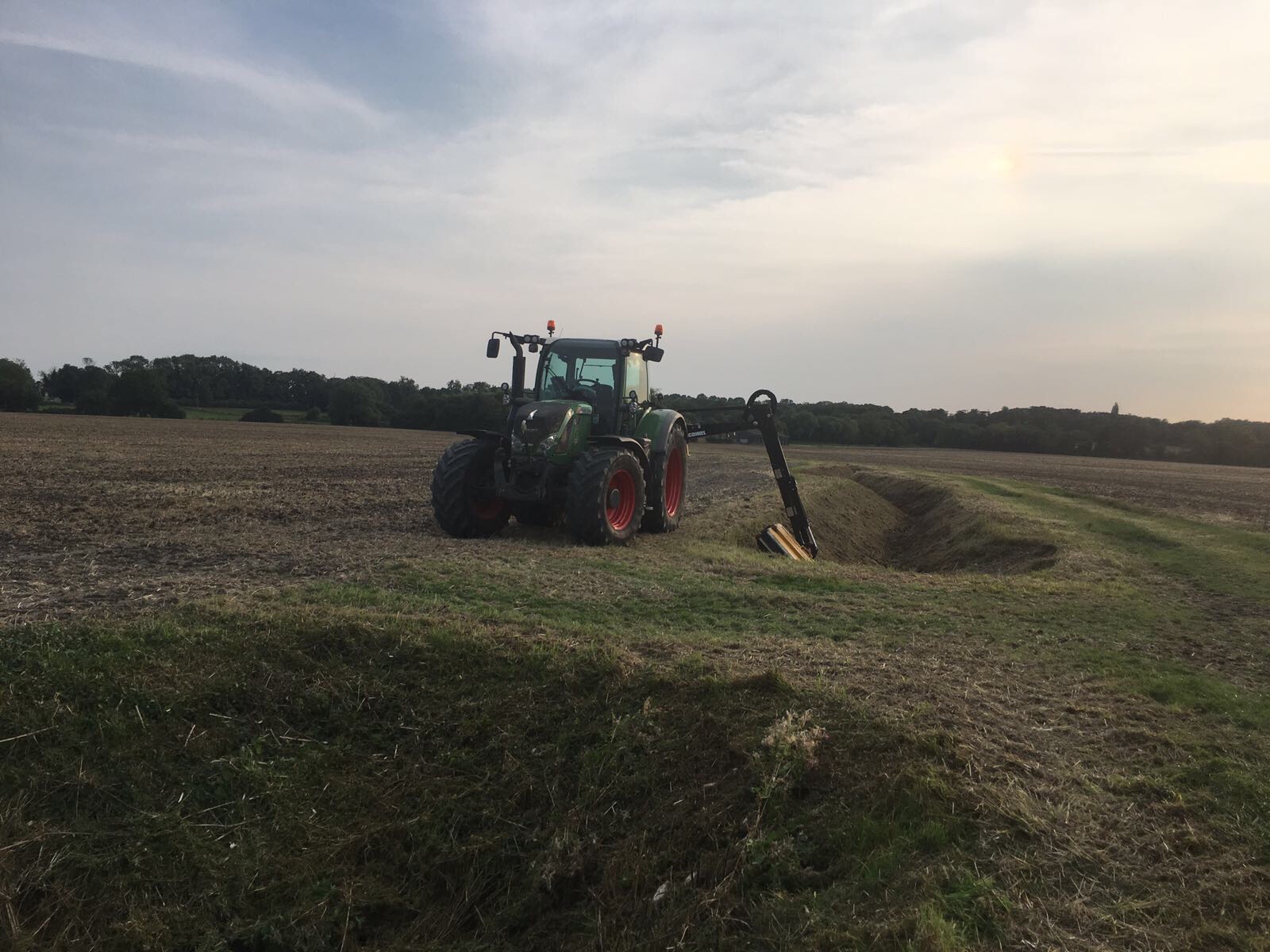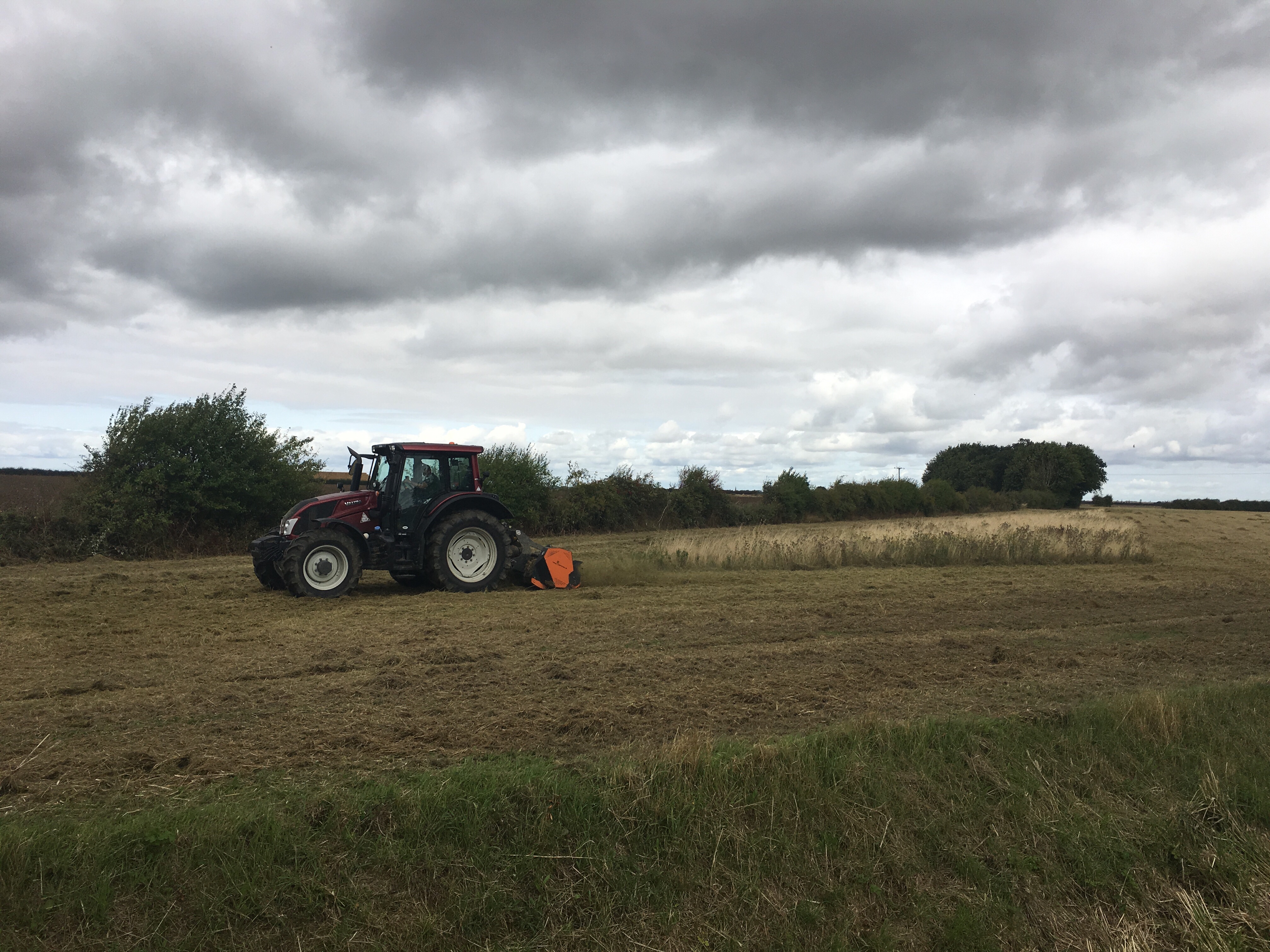We are busy cutting grass, flailing out the ditches ahead of the cultivation team and preparation for the annual start to hedge cutting on the 1st September.
Sadly due to the hedgecutting date being changed to the 1st September due to increasing the closed date for nesting birds has put more pressure on land owners to cut the hedges in a month ahead of the drilling and operating ahead of the wet soils for cross compliance.
One man starting in July until October is a more gentle approach than delaying until September to October with numerous machines across a farm as the only approach to carry out timely.
Three hedge cutters and a mower are currently working in a rotation across the farms. We try to keep the machines on different farms so our presence on the farms is minimised for the wildlife over this period.
I carried out some trails on the early controls on hedgecutting and found that a gentle annual trim barely disturbed a hedge and wildlife with the added advantage that it left the vast majority of berries for winter feeding.
Others are suggesting an alternative approach of Cutting a hedge on a three yearly programme which is in my view torture to the environment and the hedge becomes butchered due the three years growth which to take back to its original form leaves it bare and hopeless for the wildlife as a place of haven from predators and suitable nesting place. It also puts large wooden splinters into the ditches which in turn block culverts.
Two diggers are still following to aid the water management, digging the ditches out in a rotation. We are currently on last years wheat ahead of the barley and winter beans.
Keeping the water flowing as the conditions get wetter is paramount.
We haven’t been able to moledrain this year as the subsoil is too dry and a mole won’t form and will collapse which will work against us in aiding drainage.
Muck spreading and base fertiliser is being applied in ideal conditions. 

